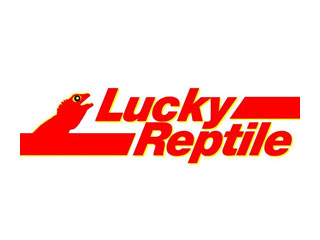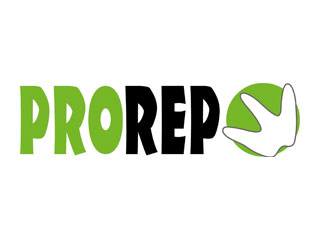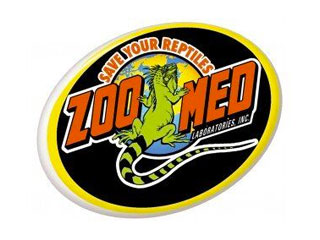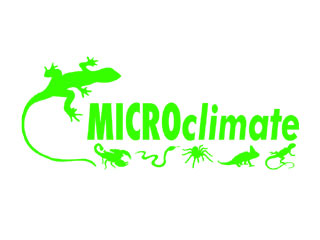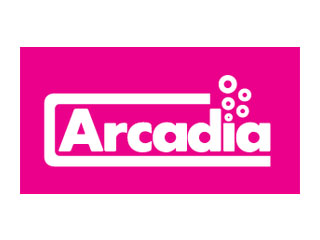Praying Mantis Oothecas (egg cases)
Information you will need to hatch a Praying Mantis Ootheca (egg case) successfully.

What are Oothecas?
Oothecas are the egg cases that the Praying Mantis lays once adult hood is reached. Each Ooth can contain from 20-400 eggs depending on the species and the female can lay from 2-10 Ooths, sometimes more!
The appearance varies depending on the where the species is from. Some have a layer of sponge around them like African and Giant Mantids that come from a hostile environment and they need this extra protection to protect them from the weather and pests. Others Ooths like theEgyptian Mantis can look triangular and some look more like twigs, these being species of Ghost and Flower Mantids. These types originate from sub-tropical areas and need less protection.
What equipment do I need to hatch a mantis ootheca and raise the nymphs?
I would recommend that you have the following items:
- Some kind of hatching container - I use an old plastic sweet jar from a local shop then transfer the Nymphs to a larger tank when hatching is complete. You could also hatch straight into a larger tank with everything already set up!
- A heat mat - a small one is fine.
- A Thermometer and Humidity Gauge - this is very important!
- Vermiculite - keep this wet and it will produce humidity, or use a water spray bottle.
Some artificial plants and twigs - this is for the Nymphs to hang from and hide behind once hatched. - Fruit Fly cultures - once the Nymphs have hatched this is the food they feed on. Buy some a few weeks after receiving your Ooth or have a supplier ready to call when they have hatched.
How do I hang my ootheca?
When looking at the Ooth, you should be able to see a line that runs from top to bottom down the center. This is normally softer and can have small gaps/openings in it. Make sure that this is facing slightly downwards and towards the inside of the container.
There are different methods to hanging an Ooth here are a few:
- Use needle and thread to tie a knot in the Ooth and hang from the top of your container (making sure not to pierce the eggs inside).
- Use a pin through the very top of the Ootheca (make sure you don't pierce the eggs inside) and attach this to some netting over the top of the container.
Use blue tack to stick the Ootheca to the side of the container. - Super glue the egg to the container (We have never tried this, but a lot of people use this method).
How do I hatch the ootheca?
If you are using wet vermiculite, place this into a separate container with some netting over the top. Make sure you put it over the heat mat, as this will produce the humidity needed to hatch the Ooth. You will have to keep checking that this is wet as it soon dries out within a matter of days. If you are not using this, just use a water spray bottle and spray twice a day.
Make sure the temperature and humidity gauge is in the middle of the container/tank and that the temperature is in the range of 23-28C and the humidity approx. 70-80%.
The Ooth shouldn't become too wet or dry out. If too wet, mold can form and if too dry, the Nymphs will not hatch! Your Ooth should hatch in-between 4-8 weeks depending on the species and when it was laid. This is only a rough hatching guide as this could be sooner with Wild Caught Ooths or sometimes even longer with more exotic species.
The nymphs have hatched, what do I do?
OK, so your Ootheca has hatched successfully.
If you have them in a small hatching container, now is the time to transfer them into the larger tank.
Your set up should be like the following:
- Place the artificial plants and twigs around the tank, but don't over crowd it.
- Make sure you have one or two fruit fly culture opened in the bottom.
- Place your heat mat at one end of the tank. If it becomes too hot for the Nymphs, they can go to the cooler side.
- You can put some more vermiculite in a container over the heat mat to produce humidity, it is also best to spray daily with water so they may drink.
- Please Note: If you have a tank, make sure there are no gaps, as the fruit flies will escape! It might help to buy some very fine netting or use an old net curtain to place over the top.
When do I separate the nymphs?
It is best to separate the Nymphs when they are approx. on their 3rd shed (L3). At this size they are able to feed on small crickets and houseflies and will start to eat each other if food is running low. Separating them can sometimes be quite tricky - as you'll see!
Once you've opened the lid to your container/tank, they will run out jumping here there and everywhere. Any escapees will make there way either to the window or the ceiling. Have plenty of plastic cups or containers to put them in. Once in their new homes, feed with the correct sized food and spray with water. The easiest way to feed all these hungry mouths is to buying some maggots or fly casters.
Just pop a few casters into their container and they should hatch out within a few days. Always check that they have hatched, if not the Mantis will go hungry and you will have to feed on crickets or some other live foods.
Increase the size of the food and their living container as the Nymph grows.





